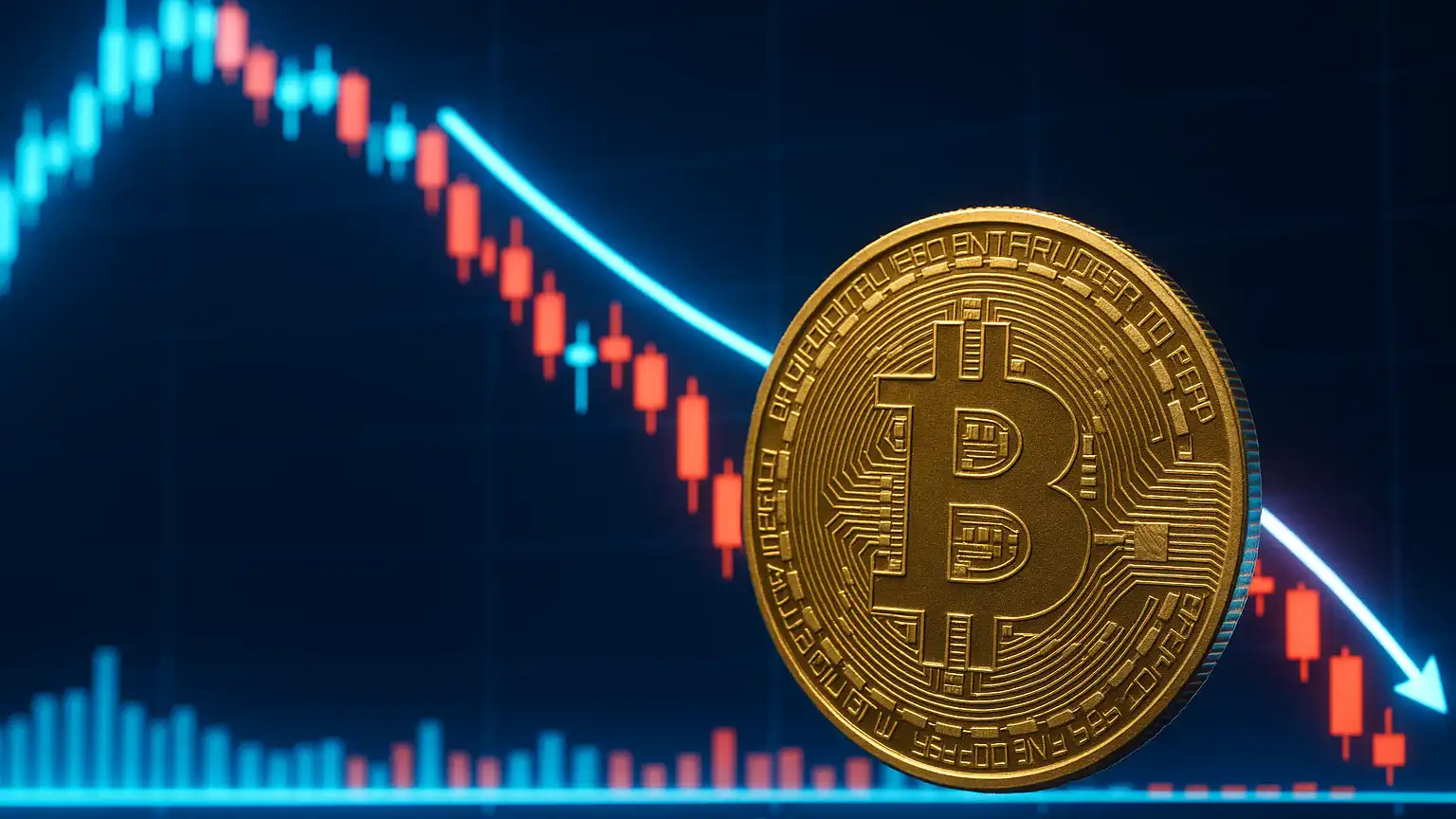
Halfway to Hurt: Why Bitcoin’s 5 % Pain Threshold Could Rewrite the 2024 Bull Story
The drumbeat of optimism that carried Bitcoin through its April halving has thinned into a nervous tapping.
On-chain data now shows short-term holders sitting on average unrealized losses of roughly 5 percent.
Historically that is only the midpoint on a slide that has preceded every meaningful rebound since 2022.
Traders, miners, and fund managers are watching the numbers tick lower, asking a single question:
how much more pressure must the market absorb before the next rally ignites—or the floor drops away?
Shockwaves from the Halving Hangover
The first three weeks after the halving felt deceptively calm.
Spot ETFs kept pulling in coins, hash rate printed new highs, and headlines trumpeted supply shortages.
Then the bid thinned.
Liquidity on major exchanges slipped beneath $500 million for the first time this quarter, and a cascade of highly leveraged longs—many opened above $120 k—were forced to liquidate.
By the time the dust settled, Bitcoin had coughed up nearly 15 percent, briefly kissing $107 k before clawing back a few thousand dollars.
This drop, however, is notable not for its size but for who it hurt.
According to Glassnode’s age-banded UTXO data, coins last moved 30–90 days ago make up the bulk of the new underwater supply.
These are so-called “tourist” wallets—fast-moving capital attracted by momentum rather than ideology.
Their capitulation can signal two very different futures:
panic that deepens the slide, or a cleansing of weak hands that resets the rally.
The Metric Everyone’s Whispering About
Market analyst Ali Martinez zeroed in on the Profit/Loss Margin for 1–3 month holders,
a gauge that compares the price each coin last changed hands with the current spot.
When that margin slips below ‑12 %, history shows Bitcoin tends to bounce.
Today we sit near ‑5 %, suggesting traders are only halfway through the gauntlet of pain that previously marked bottoms in June 2022, November 2022, and September 2023.
Why does this threshold matter? Because it quantifies emotional exhaustion.
At ‑12 % the average short-term holder faces a dilemma:
hold and hope, or cut losses and exit.
If previous cycles rhyme, the capitulation of that cohort purges sell pressure,
clearing a path for longer-term investors to accumulate.
What 119 750 Means in Psyche and Code
Parallel to the loss-margin story is an equally stubborn line in the sand:
$119 750, the upper band of the MVRV Extreme Deviation model.
This level blends market value, realized value, and standard deviation physics into a single trigger.
Reclaim it, says Martinez, and price discovery toward $140 k re-enters the conversation.
Fail, and statistical gravity points to $97 k—or in a deeper flush, $74 500.
The number is doing double duty:
technicians eye it as resistance,
while psychologists recognise it as the “all-clear” price that flips fear back to FOMO.
Until candles settle above it, derivatives desks report a reluctance to add directional exposure.
Open interest on CME has already contracted 18 % since the halving, proof that professional money is standing aside.
Crossroads: Capitulation or Catapult?
Bitcoin now trades in the low-$108 k zone—close enough to support to spark bottom-pickers,
yet far enough from $119 k to keep the market honest.
Funding rates have cooled to near-neutral,
and the perpetual futures basis has compressed to levels last seen before the ETF approvals in January.
In plain English, leverage has drained, but conviction has not yet returned.
If the profit/loss margin bleeds toward ‑12 % over the next few weeks,
history suggests two things are likely:
spot demand quietly steps in,
and volatility spikes as shorts race to cover.
Should miners add to sell pressure—increasingly probable if hash-price stagnates—this equilibrium could snap lower first,
taking Bitcoin into Martinez’s $97 k target before any V-shaped rescue.
Either way, the market appears trapped in an hourglass.
Sand is slipping, losses are mounting, and the midpoint is behind us.
Whether pain deepens into panic or transforms into the launchpad for the next leg up will depend on who blinks first:
the tourists, or the resolute few still stacking every dip.
Investors may not have to wait long for the answer; on-chain tells us the story is already half-written.
